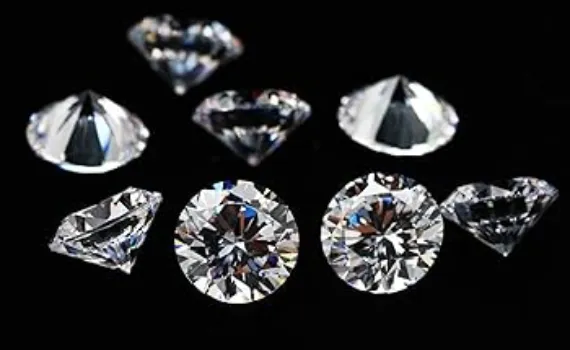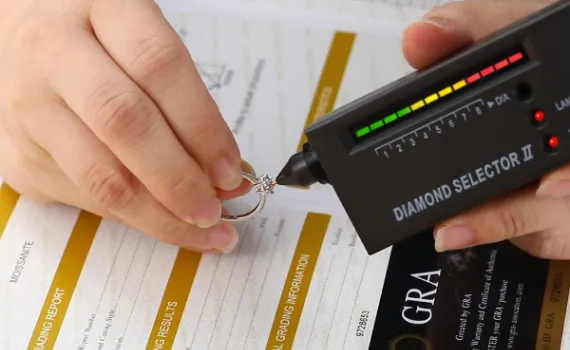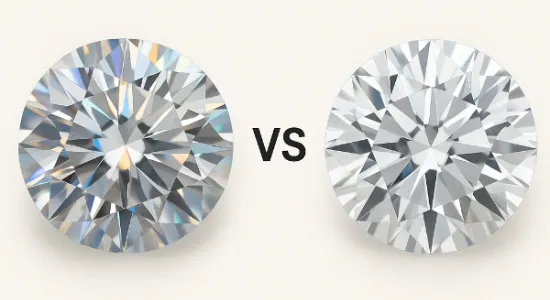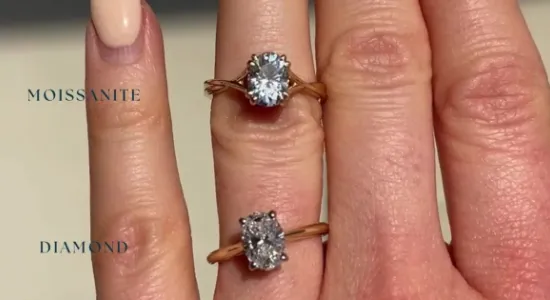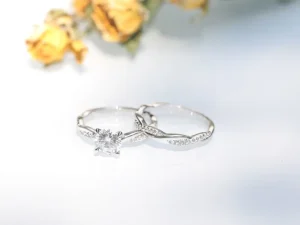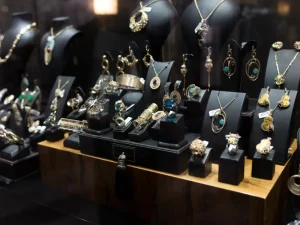Advantages of moissanite 1
Ultra-high fire and refractive index
The dispersion rate (0.104) is 2.4 times that of diamond (0.044). After the light is refracted, it presents a more obvious rainbow luster, which is especially dazzling under strong light. It is very eye-catching in jewelry windows or short videos, which can increase click-through rate and conversion rate.
Hardness close to diamond level
The Mohs hardness of moissanite is 9.25, while diamond is 10, with a difference of only 0.75. You don’t need to worry about scratches when wearing it as a wedding ring or daily, which reduces after-sales costs.
Advantages of moissanite 2
Price-friendly
The price of moissanite is only 1/10 to 1/3 of the same grade of diamonds. With the same budget, you can get a larger carat, higher clarity and cut, which provides a sufficient reason for “replacing diamonds”. Visually, it is very similar to diamonds, but it can achieve the effect of wearing high-end jewelry at a lower cost, which is suitable for consumers who pursue economical and affordable.
Sustainable and ethical sourcing
Laboratory synthesis avoids the problem of “blood diamonds”, fits the current trend of “environmental consumption” and “conscience jewelry”, and helps communicate brand values.
Advantages of moissanite 3
Supply of various sizes and shapes
The laboratory can produce in batches stably, with shorter stocking and customization cycles, which is suitable for fast fashion and DTC models and more friendly to ordinary jewelry merchants. In addition, the laboratory environment can accurately control impurities, and most products reach VVS level and above, and defects are invisible to the naked eye.
Chemical resistance and easy cleaning
Daily warm soapy water or ultrasonic cleaning can maintain brightness, which can effectively reduce customer complaints.

